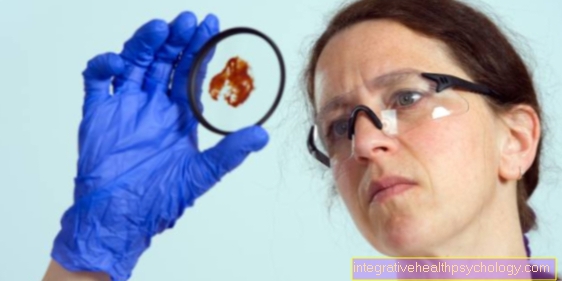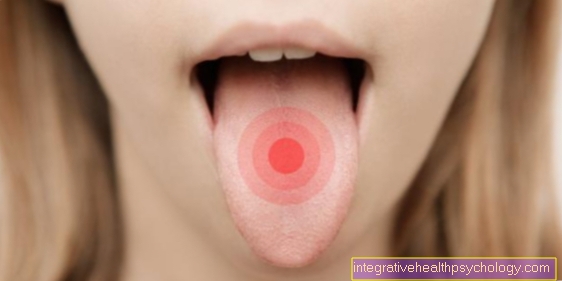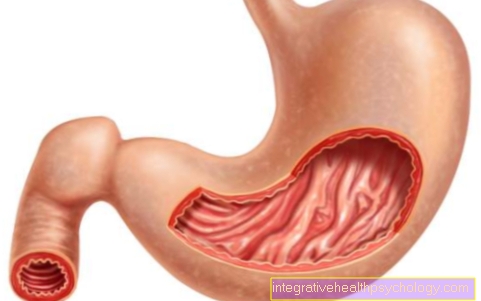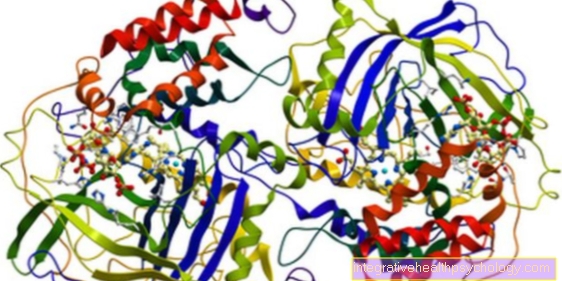Evening primrose

Latin name
Oenothera biennis
Common names
Evening flower, night star, sweet root
Plant description
Biennial, up to 1 m tall. Stems often reddish, angular. Leaves elongated, serrated, narrowed towards the stem. Sit at the roots of the leaves fragrant, bright yellow flowers. The blossoms open in the evening and are from Moths pollinated. This results in square fruits with constant seeds.
Flowering period: June to October.
Occurrence: The evening primrose comes from North America and was there an integral part of the Indian medicine treasure trove.
The evening primrose came to Europe only 200 years ago and can be found in the wild on railway embankments, roadsides and in nature reserves. The evening primrose is now planted in cultures for the production of medicinal products.
Plant parts used medicinally
Fatty oil with an unusually high proportion is obtained from the seeds Gamma linolenic acid (10%). The leaves of the evening primrose are harvested during flowering, the roots in autumn.
Ingredients:
Gamma-linolenic acid is found in the seeds, the tannins in the leaves, and the evening primrose is rich in starch and minerals.
Medicinal effect and application
For a long time the evening primrose was hardly noticed, folk medicine used it Leaves because of the tannin content as a means against Diarrheal diseases. The root was dug up, steamed and eaten as a vegetable. It was believed that the sick recovered faster because of their strength.
It was only through the discovery of the Gamma linolenic acid the evening primrose gained attention. This fatty acid forms the starting point for vital building blocks in the human metabolic process and should always in sufficient quantity be included.
In the Neurodermatitis The evening primrose oil brings relief and reduces symptoms like
- Redness
- Scaling and
- itching
Also physical and psychological complaints of women before monthly menstrual period should respond well to treatment with evening primrose oil.
Side effects
So far, no side effects of the evening primrose are known.





























